Take a Systematic Approach to Keep Your Blenders Running Right
Increase uptime, productivity, and quality by putting together a comprehensive maintenance program to keep your blenders on target.
There are few things that happen to processors that cause more concern than low productivity and poor product quality. Can these results be improved? Dealing with such questions presents an opportunity to review the business strategic plan. Are the conditions of low productivity and poor quality systemic issues or localized ones? If these issues are infrequent, analysis of the situation should bring quick and positive results. If the problems are systemic and repetitive, then implementing an informed and carefully thought out maintenance program may be a good place to begin.
But what makes up a good maintenance program? Is fixing a broken blender when it fails a satisfactory maintenance program? It may be. But a full-featured maintenance program will likely give you better results. Just keep in mind that a program like this involves a lot more than a maintenance person with a wrench and oil can. It’s much more inclusive and should be based on the following:
• Fully train your maintenance personnel.
• Train your process operators.
• Have functional spare parts on hand.
• Follow adequate cleaning procedures.
• Demand quality documentation that provides clear, direct instruction on all aspects of using and maintaining your blending equipment.
• Only implement a blender installation that permits easy cleaning and access to all service points.
• Insist that blender vendors provide reliable, easily serviced machinery.
• Request specific preventive-maintenance procedures from the equipment supplier.
• Require a blender that has proven reliability and flexibility to meet changing process demands.
• Implement and use simple methods to verify that blenders are performing correctly.
• Promptly service other machinery like granulators to prevent blender -related issues.
• Document blender problems and failures over time to help define the future.
Maintenance personnel will execute preventive-maintenance procedures and repair a machine when needed. Where these employees are concerned, you might want to take a page from the medical profession and have a generalist to service most equipment problems, and an individual—a specialist—who can effectively manage the electronic and/or weighing systems used in your blenders. Your specialist will be key if data communications to the blender are implemented.
For smaller processors, it might not be practical to assign a significant number of personnel to maintenance work. Instead, these companies may have to rely on a single well-trained technical person who has reliable contact with the vendor’s factory-service personnel and trust in that supplier’s ability to respond quickly to their needs, including requests for spare parts. Simply said, a blender user needs a reliable provider.
The method used to train maintenance and operation personnel is a significant key to success. It takes more than reading a book to gain insight on service and maintenance. In some respects, operating, maintaining, and servicing equipment is not unlike learning to fly an airplane. One can read a flight manual and learn the principles of flight, but to really learn how to fly, the student pilot needs to fly under the direction of a skilled instructor.
That is, learn by doing; hands-on experience with the equipment is what is required to gain competency in doing the job at hand. An individual needs to have the skills to perform the task. How one obtains that skill set is often gained by effective training with on-the-job performance measures.
Trained maintenance personnel who can attack a failed blender or other system component effectively are crucial. What’s more, operators who are able to configure blenders to produce quality output will reduce the cost of operation and often may reduce maintenance calls for simple service issues. To reduce operator error, the blender user interface must be easy to use and alarms must be easy to resolve. Rapid resolution of problems on the line reduces costs and improves product quality.
It is also imperative that a processor has spare parts on hand in the event of equipment failure. This means good spares, not “stuff” tossed back into the spares bins from unknown or prior use. Cataloging spare parts by machine brand and type can reduce the time to repair a blender. In the 1960s and 1970s, a technician might have tried to repair a circuit board from a blender controller. Today, swapping out a circuit board is the most cost-effective solution to getting the process running quickly. Processors that lack the skilled personnel to do this kind of work have sometimes resorted to having a complete “spare” blender controller on the shelf, ready to replace the failed unit. They then return the failed unit to the vendor for repair.
Cleaning procedures must also be in place and followed religiously. Often, timely cleaning of processing machinery can prevent failure at a later date. For example, the failure to clean between moving and stationary parts where bulk material is metered may result in a stalling condition resulting in no product flow to the process. The lack of following a simple cleaning procedure can result in significant downtime and the finished product being off-spec.
Cleaning instructions should be clearly provided by the equipment vendor and followed closely. What’s more, the vendor must provide a machine that is easily and safely cleaned. It is often recommended that a vacuum rather than an air hose be used to remove debris. This technique minimizes the chance that debris will be lodged in critical parts of your blender. You’ll also want a blender that can be simply dissassembled, without tools, for rapid cleaning when changing formulations.
To support a quality maintenance program, clear documentation on the installation, use, and servicing of the blending equipment is required. The documentation must be specific, use adequate images to show what is to be done, and be presented in a clear order of execution. Troubleshooting and other information must aid the customer’s maintenance program.
One of the key points of any product documentation is providing clear installation instructions. These should not be violated. Easy access to the installed blender and controls is a must to aid in proper cleaning and servicing. Simple access permits cleaning and servicing to be done with the minimum of downtime. If one has to move support machinery to access the blender, downtime costs rise. To support rapid-turnaround response to an equipment failure, having the proper tool set at the ready is very helpful.
It is also important that the blender you purchase is both right for the job at hand and flexible in design to adapt to future needs. The blender must show proven reliability. Design flexibility allows one to adapt to changing processing requirements, thus reducing downtime and increasing the value of your blender investment. Within this context, the volumetric metering device’s performance, which is the key to superior feeding, must be well-suited to the bulk solids being metered. Trying to meter micropellets in an open “rat tail”-type wire auger will most likely be problematic. Metering regrind in a rotating feed disc with small pockets will similarly fail.
What’s more, a method must be available to simply and accurately verify blender performance. Using an internal weigh scale or load cell is valuable to ensure ongoing accuracy, but a formal external method must be employed to validate metering performance. Is the blender delivering what its controller indicates to the process? This means gathering samples of delivered product to an accurate scale system. This activity can be made easier for the person validating performance, if the blender controller takes care of all calculations for self-correction.
Other equipment may affect blender operation. Dull knives on a granulator will produce “streamers” and other off-sized product in the regrind process. This situation may produce serious feeding problems for the blender. Keeping the granulator working properly reduces blending errors.
Processors may also add auxiliary equipment such as a magnet separator to prevent nuts and bolts and broken granulator knives from entering and damaging molds.
Lastly, it is recommended that a formal system be established to record blender problems and failures, indicate corrective action, the time involved to correct the issue, and who did the correction. By keeping this log, future equipment investment decisions can be made more clearly, both for machinery selection and to update training for service and operational personnel.
For a study in maintenance trends, a paper titled Near-Zero Downtime: Overview and Trends, by Hai Oiu and Dr. Jay Lee of the University of Cincinnati, describes types of maintenance programs performed by various companies across the globe. You may recognize your company’s approach. Their discussion ranges from factories with no maintenance, reactive maintenance, preventative maintenance, predictive maintenance, and proactive maintenance. Additionally, they speak of self-maintenance, where a machine does self-diagnosis and in some cases, self-repair.
ABOUT THE AUTHOR
Related Content
Film Processor Automates Complex Resin Management, Blending & Distribution System
Polipak of Poland moves to BlendSave system to support sustainability and Industry 4.0 objectives.
Read MoreNovel System Produces Color on Demand
Ampacet’s FluxQF technology features a quick-dispersion universal carrier with novel machinery that provides automated color blending in quantities down to 50 lb.
Read MoreAdvanced Blending Names New President
Auxiliary equipment builder appoints Rasner to top spot.
Read MoreFinding Efficiencies in How Components Work Together
Auxiliary systems are vital to the proper functioning of a plastic processing line, and they can be a source of major cost and efficiency improvements.
Read MoreRead Next
Troubleshooting Screw and Barrel Wear in Extrusion
Extruder screws and barrels will wear over time. If you are seeing a reduction in specific rate and higher discharge temperatures, wear is the likely culprit.
Read MorePeople 4.0 – How to Get Buy-In from Your Staff for Industry 4.0 Systems
Implementing a production monitoring system as the foundation of a ‘smart factory’ is about integrating people with new technology as much as it is about integrating machines and computers. Here are tips from a company that has gone through the process.
Read More (2).jpg;maxWidth=970;quality=90)
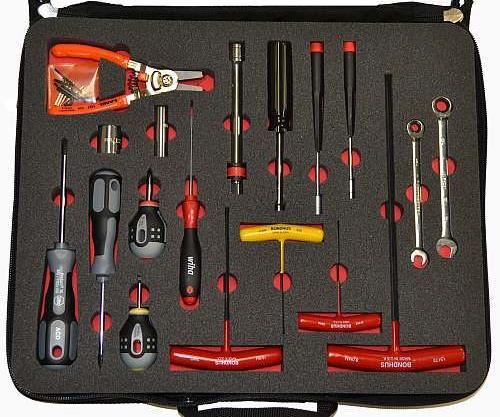
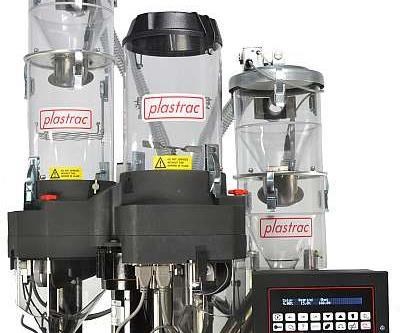
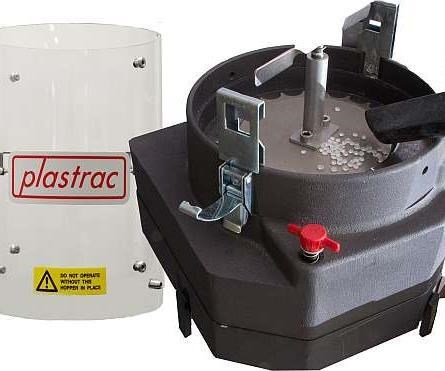
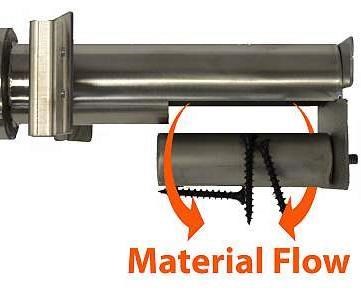
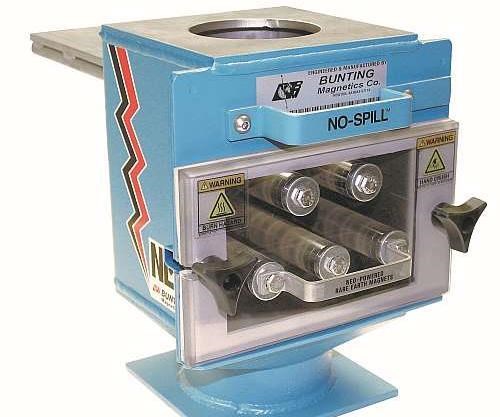





 (2).jpg;maxWidth=300;quality=90)
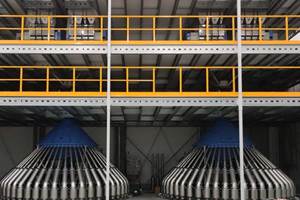
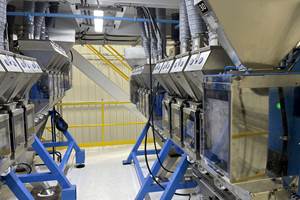

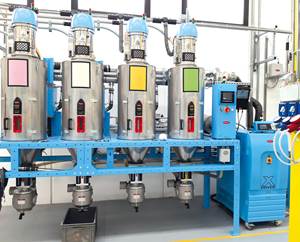


 (1).jpg;maxWidth=970;quality=90)